Debuting in 2012, LIFX (pronounced Life – X) introduced a line of smart bulbs that would prove to be a game-changer in the homes of many. Coming to the fore near the beginning of the ‘smart home era’, these lights became a fun and intuitive way to add color, atmosphere, and additional functionality to your home.
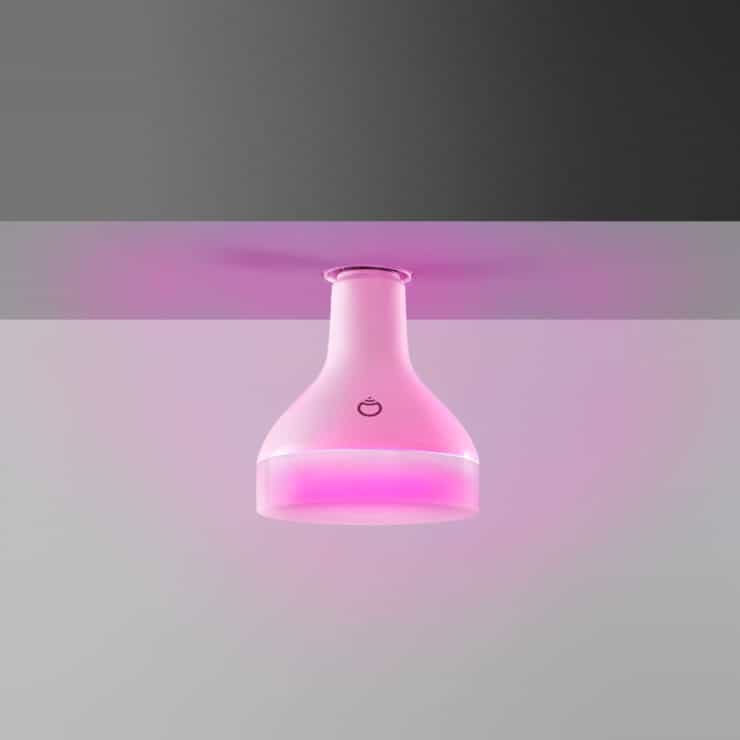
They came in as a rival – both in quality and price point – to the first generation of Philips Hue which was released the same year. LIFX offers smart home lights for the inside -as well as the outside – of your home, and their bulbs come in many different sizes and shapes.
Their product line includes such smart bulbs as the LIFX Color A19 and Candle Color, designed to help you change the mood and add brilliant color to any room of your home. They also offer bulbs like the LIFX Nightvision BR30 which helps to improve the visibility of security cameras you may have around the outside of your home.
The color spectrum LIFX offers is unmatched in its price category, driving users to often choose them over most of the competition. But what type of WiFi do they support? We explore this in the next section, but the gist is…
LIFX bulbs only connect over 2.4 GHz; they don’t offer 5 GHz support. However this can actually be a good thing, since 2.4 GHz is usually more reliable. Having said that, there are some ‘workarounds’ if 5 GHz is all that’s available.
How are LIFX Bulbs Controlled?
Unlike Philips Hue which uses Zigbee, LIFX bulbs use Wi-Fi to communicate with each other. This is often a big selling point for those who prefer using smart bulbs that use a Wi-Fi connection as opposed to Zigbee.
The use of Wi-Fi streamlines the operation of the modern smart home, as these lights work through your internet router, and can easily be integrated and used with popular smart home hubs – such as Amazon Echo, Samsung SmartThings, and Google Home. They’ve even introduced support for Apple HomeKit, giving iPhone users the compatibility they’ve been looking for.
LIFX smart lights can also be controlled with the easy-to-navigate LIFX app. With the app you can perform functions such as turning the lights on and off, dimming, and changing color:
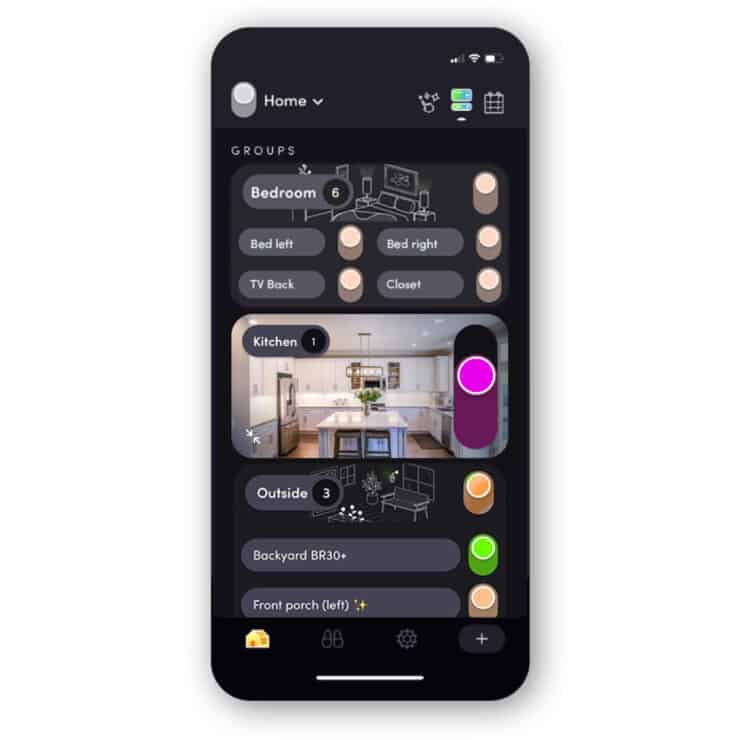
In addition, you also have the option of using the LIFX switch. This is an in-wall switch that can be used not only to control your LIFX smart lights, but also normal or “dumb” lights. However, it’s to be noted that because this an in-wall switch involving several electrical components, it should be installed by a professional electrician only.
With the LIFX switch, you can set different options and complete actions such as color-changing and dimming.
With all that said, what sort of connection options do LIFX products offer?
Can LIFX Connect To 5 GHz Wi-Fi?
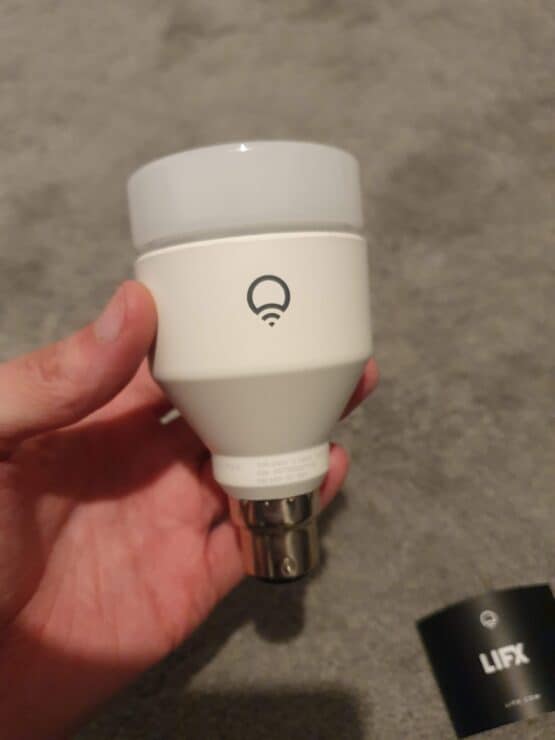
LIFX bulbs run on the 2.4 GHz band of Wi-Fi and do not support the 5 GHz band. Whether this lack of compatibility is due to the fact that the 5 GHz is a newer band, or some sort of product cost reason, is unknown.
According to their website, they don’t now (nor do ever plan) on including support for the 5 GHz band in the future. They even give specific instructions on how to make sure you’re connecting to the 2.4 GHz band your Wi-Fi router broadcasts.
Should you try to connect to the 5 GHz band your Wi-Fi projects, you’re likely to be met with error messages and have to endure some troubleshooting – or the LIFX bulb simply won’t see the 5 GHz wireless network.
However, if your phone is connected to the 5 GHz band of Wi-Fi in your home, it should not impede your ability to control your lights via the app. This is because there’s no problem with your phone having a 5 GHz connection and using this to manage apps, since this is just your phone interacting with your internet router – not with your LIFX bulbs.
So the LIFX app can work fine over 5 GHz (via your phone); it’s just LIFX bulbs that ‘speak’ over 2.4 GHz.
Would 5 GHz Wi-Fi Actually Help Smart Bulbs? Or is 2.4 GHz better?
The answer to that is; it depends. While it most likely wouldn’t hurt, there’s no guarantee that 5 GHz Wi-Fi would actually help either.
The 5 GHz Wi-Fi band uses shorter radio waves, which is what provides faster speeds. Unfortunately, this also means that it doesn’t always have the best range. It can send information at lightning speeds – but only at short distances, especially those closest to the router. This can be especially daunting when it comes to needing your signal to reach areas in your home that aren’t close to the router.
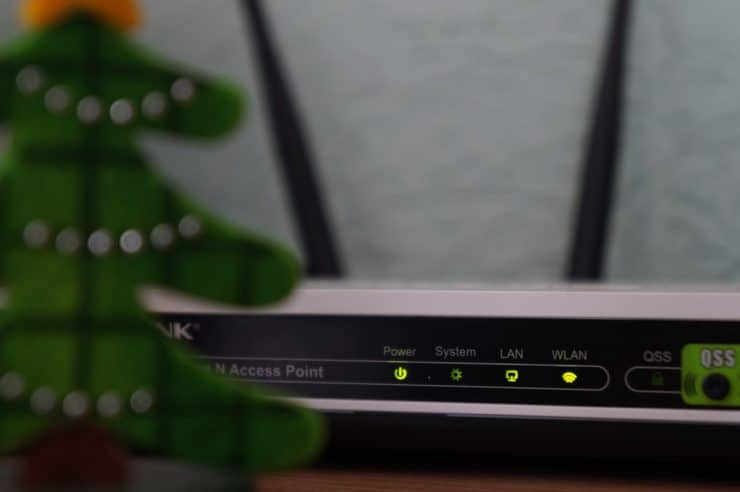
The shorter range also makes it harder for the signal to penetrate structures like walls and doors. Communicating with lights in different rooms is something you would most likely need your lights to do. This is especially the case if you have smart lights in more than one room of your home – as many people do.
For example, if you have lights set up on the first and second floor of your home, and you’d like to use voice commands to “dim the first floor”. If the signal cannot penetrate the walls, flooring, and other obstacles separating the lights, connectivity and functionality might be sacrificed.
On the other hand, the standard 2.4 GHz Wi-Fi band is well-equipped to handle such a task. The signal travels farther, and is able to pass through walls, doors, other obstructions.
In addition, even though the 5 Ghz is faster in general, the speed most likely won’t make a difference as smart lights perform a more or less basic function – turn on, off, dim and change color. Nothing fancy like the uploading or downloading of video is needed, so a higher speed would barely be noticed, if it’s noticed at all.
The 2.4 GHz band of Wi-Fi may be a tad bit slower, but since the lights are only performing a basic function, the range benefits definitely outweighs the speed.
The only possible upside to having LIFX bulbs, or any smart bulbs for that matter, run on the 5 Ghz bandwidth is avoiding congestion. A majority of the devices in our lives use the 2.4 Ghz Wi-Fi bandwidth – so with many devices using the same bandwidth, you have a chance of running into some congestion along the network.
Still, being smart bulbs perform rather basic functions, the extra pull on the network really wouldn’t be noticed – unless you had say 100 different lights!
Is It Possible To Connect LIFX To 5Ghz Wi-Fi?
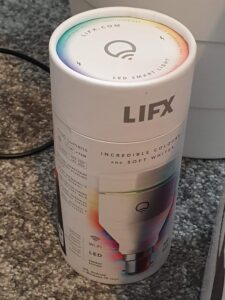
If the only WiFi network available to you is 5 GHz, does this mean that you’re blocked from using LIFX products? Well, the answer is that you still might be able to use LIFX on this 5 GHz network, but in a somewhat round-about way.
The first option is to purchase a dual-band Wi-Fi extender. These devices can connect to your 5 GHz network, and they then broadcast a new WiFi network – which will be both 2.4 Ghz and 5 GHz.
In other words, once you’ve set up your Wi-Fi extender, it will create its own Wi-Fi signal, complete with a new network name. It will then offer you both 2.4 GHz and 5 GHz Wi-Fi bands. The differing bands will usually be indicated in the name of the network.
For example, if your network is labeled “MySpace101”, your dual-band Wi-Fi extender’s networks would most likely read, “MySpace101_2GEXT” and “MySpace1015G_5GEXT”.
From there, you should be able to connect your LIFX bulbs to the 2.4 Ghz signal – allowing you to use your LIFX bulbs – even though the underlying WiFi network is still only running on 5 GHz.
A word of caution: This method isn’t 100% foolproof, but it can work depending on your Wi-Fi signal, and the extender you choose to use (make sure you choose a dual-band extender, for example!).
Another option is to purchase a mobile hotspot, which uses a phone SIM card and network data to then publish a WiFi network in your home. This is often a 2.4 GHz WiFi network, allowing you to connect your LIFX bulbs to these.
Conclusion
With the increasing popularity of the 5 GHz band, many people want to take advantage of the higher speeds advertised. They want to use this for their devices such as phones specifically designed for newer technologies, as well as to operate their smart homes.
Being that 5 GHz is fairly new in comparison with the 2.4 GHz band, not all devices support its operation. When it comes to smart home bulbs that connect via Wi-Fi, most manufacturers simply choose not to go through the expense of making their devices 5 GHz compatible. LIFX is such an example.
So while LIFX smart bulbs connect via Wi-Fi, the manufacturer doesn’t support the 5 GHz band. By using a Wi-Fi extender, however, this issue may be circumvented.

link to instructions for connecting to 2.4g doesn’t work
Thanks Susan, I have updated the link now (but unfortunately, the ‘new’ LIFX help page isn’t as useful).